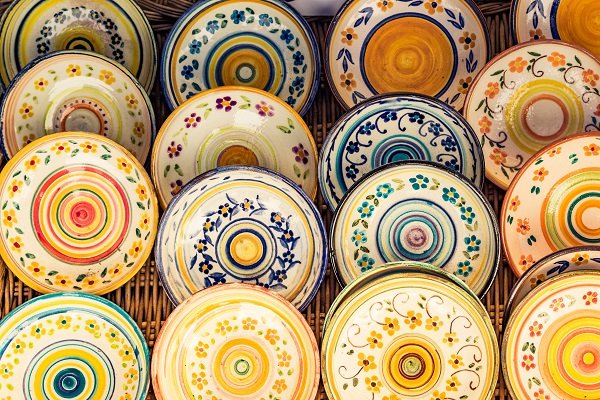With millennia of traditions and cultural intermingling, there are so many fine crafts to explore in Portugal’s Alentejo: Portalegre tapestries, Arraiolos rugs, Reguengos de Monsaraz and Mértola blankets, painted furniture, leather, cork, copper, clay and painted furniture are all truly unique products of this very special place. And, there are the World Heritage Estremoz Clay Figures which reflect both the past and values of the region, and the Intangible Cultural Heritage of Humanity Arte Chocalheira – cow bells unique in all the world, but found in Alcáçovas. Here are some great ideas of Alentejo crafts to seek out, and bring home to remember this very special place — these are just a few ideas, mind you there are lots more!
Rugs
Arraiolos, the fortified village just north of Évora, is home to a very special cottage rug industry. The traditional motifs and intense stitches of Arraiolos rugs have made them prized for centuries. Each Arraiolos rug is embroidered by hand, a skill passed down through the generations and one of the oldest crafts in Portugal. The cottage industry may date to the 12th century, when the Arabs ruled the town. It was thriving by the era of exploration in the 15th century, evolving into decorative art by the 18th century.
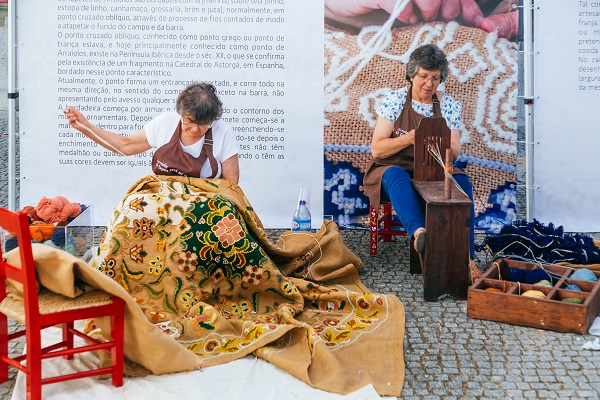

Painted Furniture
The Alentejo offers a bright hand painted wood base, usually a base of red or white, with fine details and natural motifs. They come in beds, writing desks, chairs with a rush seats, mirrors and chests. The furniture is painted in a base of glossy white, blue, green or red and then decorated with images based in nature.
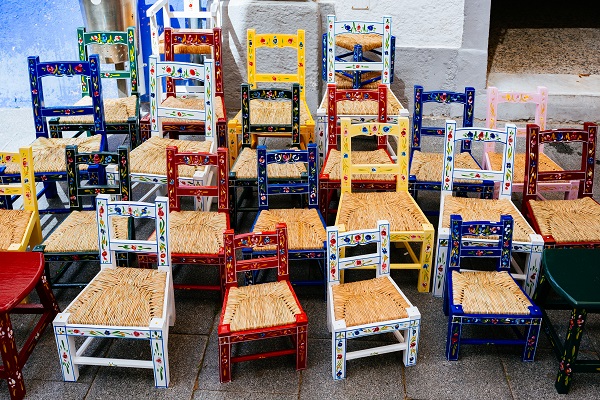

Blankets
A century-long tradition in Alentejo, Manta woolen blankets were designed for local shepherds to keep warm in the cold winter fields. They then became used in the home, and today are brightly colored and either solid or striped. Called Mantas, they are found in various tones, and they often reflect the heritage of the places they are made.
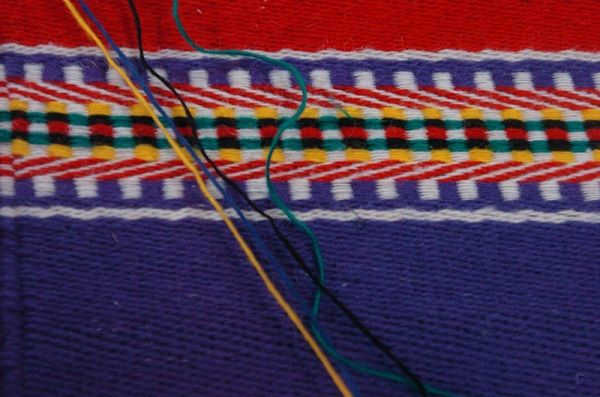

Cork products
Portugal is the biggest producer of cork on earth, and most of that cork is sustainably harvested in the Alentejo. Versatile cork makes the basis of lots of Local crafts from figures representing farm work, the "tarros” to pack a lunch in the typical cork "cochos” to draw a cool drink of water with.
Portalegre tapestries
Portalegre tapestry is unique and decorative — showing scenes with vivid images. They are intricate, and a local tradition that is highly prized.
Cowbells
The making of traditional cowbells, recognized as Intangible Cultural Heritage, is a unique art that has existed in the Alentejo region for thousands of years.
An important craft is alive and well in Alcáçovas, Estremoz, Reguengos de Monsaraz and Viana do Alentejo, with the skill being handed down from generation to generation for crafters. In Alcáçovas there is a Museu do Chocalho (Cowbell Museum) with a collection of more than 3,000 bells and the tools to make them.
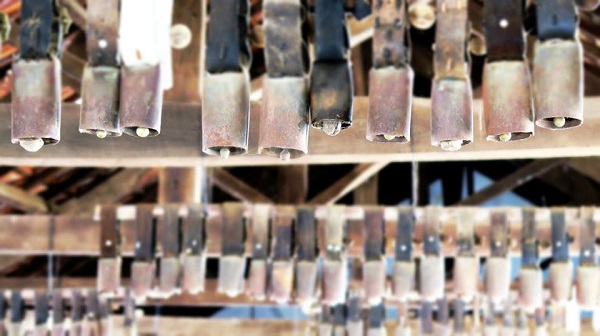
Pottery
As you explore the rural roads of this vast province, you will find pottery towns taking advantage of the rich clay deposits in the region. Look for bright local pottery in the towns of Viana do Alentejo, Redondo and São Pedro de Corval. The latter is the largest pottery center on the Iberian Peninsula. São Pedro de Corval is near the Spanish border, not far from Reguengos de Monsaraz, and offers more than 30 workshops where you can shop and see how the local pottery is made.
To the North, Crato has a pottery school and Nisa’s Olaria Pedrada de Nisa makes unique clay pottery decorated with quartz stone.
The creation of Estremoz clay figures takes several days. The pieces of the figures are fired in an oven and then hand painted and varnished. The origins of the clay figures of Estremoz goes back to the 17th century, and they depict local life from trades and events, popular traditions and religious motifs.
